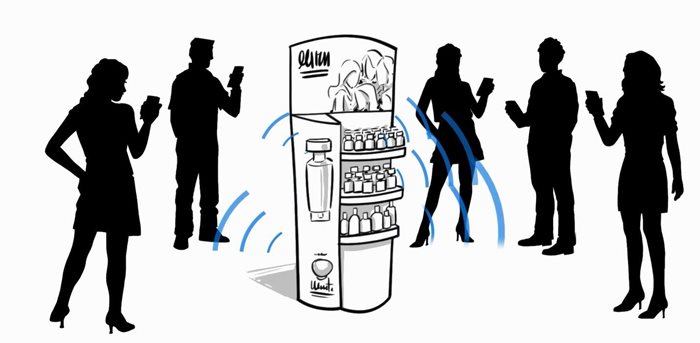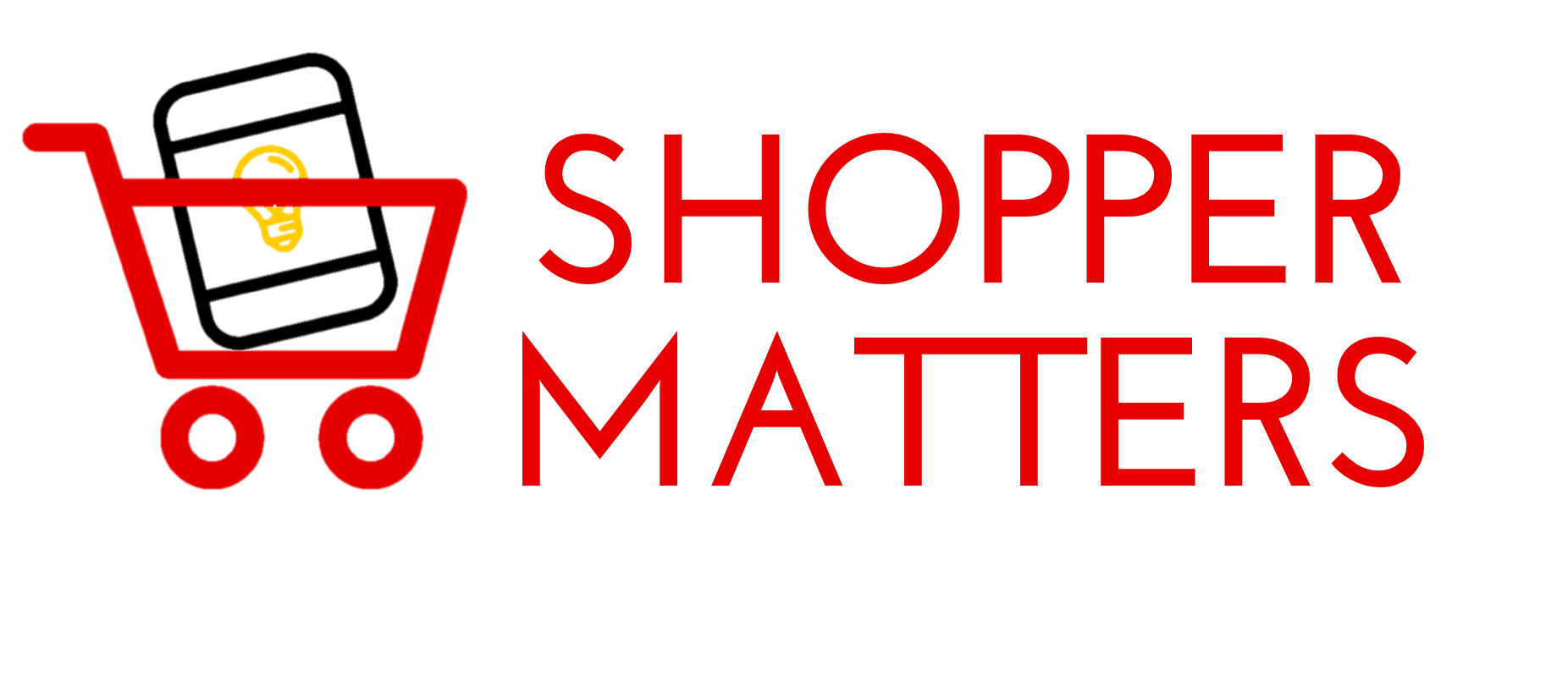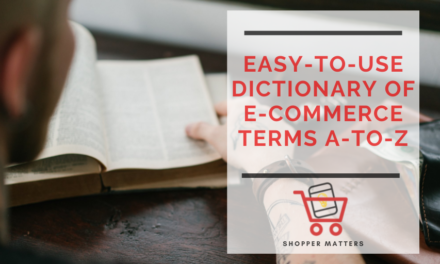Traditional retailers and manufacturers are anxious to realize the promise that behavior-based personalization might deliver for engaging shoppers in a post-circular world. While great strides in personalization have been made over the last decade, the focus has been squarely on driving traffic to brick and mortar locations, only to have the intimacy end at the front door. Technology is about ready to extend the 1-to-1 connection between the retailer and its shoppers to include a store’s real-time merchandising conditions.
We’ve Come So Far
Retailers are continuing to reduce their investment in traditional printed circulars. They are taking pages out of the weekly publication at a rate that will have it non-existent by the middle of the next decade. This is a recognition of two facts:
- Millennials – and even the generations preceding – them are rapidly consuming media through other more accessible channels, notable digital devices
- Not all customers, particularly valuable ones, are motivated by coupon-driven incentives.
Retailers who have built loyalty programs using household card identifiers (Kroger, Safeway, CVS, Walgreens, etc.) have established rich longitudinal data sets that allow them to segment shoppers and even build individual propensity models to determine the exact stimulus needed to motivate a shopper to make a purchase. The primary application of this capability has been the delivery of coupons through a number of channels: register receipt coupons, direct mail, email, targeted facebook & open web ads and mobile push notifications.
This approach has been effective at driving significant sales as validated by the ANCOVA test & learn methodologies retailers employ which is necessary to secure expense and discount funding from the manufacturers. Need proof that it works? Kroger has surpassed 50 consecutive quarters of same-store sales growth in no small measure the results of the personalization work performed by dunnhumby/84.51.
BEYOND COUPONS
What is true about the phenomenal work to date is that it has focused almost exclusively on coupon incentives. Some retailers are now using more nuanced approaches to communications: they leverage content-rich channels like email and direct mail to communicate imagery and education to shoppers their propensity models show are responsive to these forms of stimulation. This drives people to the store knowing the product benefits, what it looks like and where to find it.
But, these forms of personalization only work effectively outside of the store. What about people who are already in-store, not previously exposed to the stimulus (didn’t open the email or look at the direct mail) and passing by the numerous displays manufacturers invest in to grab shopper attention? What if the stimulus delivered outside of the store is irrelevant within the store because the product is not available on shelf or on display? Real-time merchandising conditions are not included in the shopper experience.
The Efficiency Promise of Intelligent Displays
Retailers, in partnership with their manufacturer partners, are beginning to test the capabilities of intelligent point-of-purchase displays that help with execution measurement and shopper engagement. Imagine that every display coming into the store included a “smart beacon” that helped retailers understand if the display ever made it to the store, and if it did, whether it was actually on the floor or still in the back room? A 2015 study by Shop! (formerly POPAI) indicated that the average successful compliance rate of POP is as low as 30% in the grocery channel. That means 70% of the manufacturer’s investment in display was largely ineffective other than pushing more product into the stores (usually at a discount). Both the retailer and the manufacturer would like to accurately measure display execution to improve future selection of displays that both improve likelihood of execution and meaningfully lift sales.
More exciting is the ability of the display to help entice shoppers standing in front of them with a behavior-based stimulus. The display can inform a retailer’s mobile app exactly what display the shopper is examining. The retailer then uses the shopper’s individual propensity model to select and serve the perfect stimulus to deliver from the portfolio developed, offered and funded by the manufacturer. Coupon value, ad block, video…all of these can be prioritized in real-time and tailored to the exact merchandising condition of the store and propensity the shopper. This brings personalization straight to the moment of truth!

Why Displays Matter
So the promise of in-store mobile engagement is almost upon us. Some retailers are investing in building out a mobile strategy by placing beacons on shelf but years of shopping pattern heat-mapping shows that customers mostly work the perimeter of the store and dart in and out of center store as needed. Displays are much more important from a real estate perspective and more likely to draw manufacturer investment for expense and discounts, particularly to support innovation. If retailers want to draw manufacturer funding to support personalization, they will need to prove their behavioral targeting techniques can deliver results through in-store display engagement. Major POP manufacturers like Westrock and Menasha are partnering which technology companies to include smart beacons in displays so as to measure compliance and calculate real ROI. Mobile engagement is not far behind.
When Manufacturers Lean In
Once there is relative ubiquity of smart display presence in store, retailers will have a meaningful inventory of “points of interruption” to begin advertising to shoppers that use of the retailer’s app will provide them which unique experiences in store, something that has been dreadfully missing since personalization emerged. The manufacturers and their dollars will follow because they understand that this is a more efficient manner of promotion. Circular events discount every sale, even to shoppers who don’t need one.
R.I.P. to the Circular
Intelligent displays will prove to be one more, if not the final, nail in the coffin of the circular. Shoppers want relevant, convenient and personal experiences that reflect real-world conditions. Retailers and manufacturers want displays that move product as efficiently as possible and shopping experiences that build loyalty.
Coming soon to stores near you!





